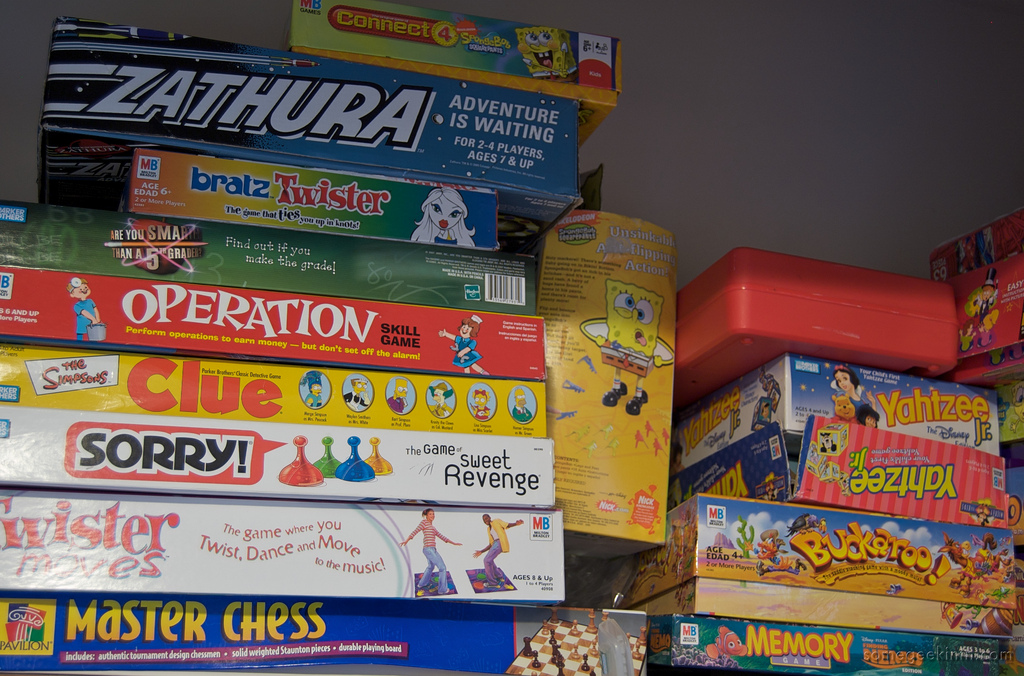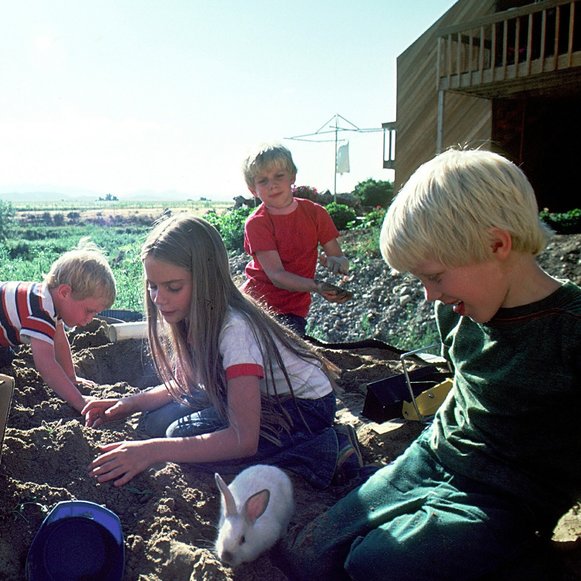Think Fast is a homemade variation of Hasbro’s Scattergories, a classic family game well worth getting a copy of too. It fits perfectly into a wide range of situations from being an after dinner family game to a rainy day occupier and even a fun cool-down time if you’ve got a bigger group that’s just been doing something more active and energetic.
Age range: The official game recommends it for ages 12+. I wouldn’t use it for a large group of children below this age, but for smaller groups or if there’s a few younger children in the mix eg. you have a 9, 11, and 13 year old, this can still go down well.
Time needed: 1 round will last approximately 3 minutes + 1 minute for each player or team. You can play as many rounds as you like depending on time available and how well your kids are engaging with it.
Number of players: 3 – 8 (if you’ve got a bigger group of kids to entertain, put them in pairs or small teams).
Equipment: Paper and pens for each player/team, timer.
How to play
Have each player draw a grid on their paper with 13 columns and the word ‘Letter’ in the top left box. For now it need only have two or three rows, but with space for more to be added underneath later.
Now introduce the idea of categories. Give a few example categories which the players write along the boxes at the top of their table. Examples might include: boys names, birds, places where it’s cold, orchestral instruments etc. (for more ideas search online for scattergories categories)). Now each player thinks of a category of their own and announces it to the room, each named category being added to the table’s top row. If you have spaces left in the table ask the group to call out a few more ideas for the final boxes.
Once everyone has contributed a category it’s time to start playing. Name a letter of the alphabet to be written in the left hand column in the 2nd row. As soon as it’s named, all the players start trying to think of words which fit the categories and start with the named letter (eg. if the letter is ‘T’ and the category ‘boys names’, valid answers could include Thomas or Toby). When one player has filled in something for all of the categories they call out “stop”, everyone puts their pens down and adds no more answers to their table (alternatively you can use the timer and give everyone 3 minutes to fill in as much as they can).
Now it’s time to count scores (you may want to pass papers clockwise for another player to mark). Each player reads out their answer for a category. If nobody else had the same answer as you, your score for that word is the same as the number of players. If other players have the same answer, each player with that answer scores the total number of players minus the number of other players who had the same answer as them (not including themselves). This means that the more unique an answer is the better it scores. If everyone chooses the same word they all score 1 point. For any boxes that remain unfilled 0 points are scored.
Once all the marking is done and added up, the winning player can choose a letter for the next round and the process repeats.





